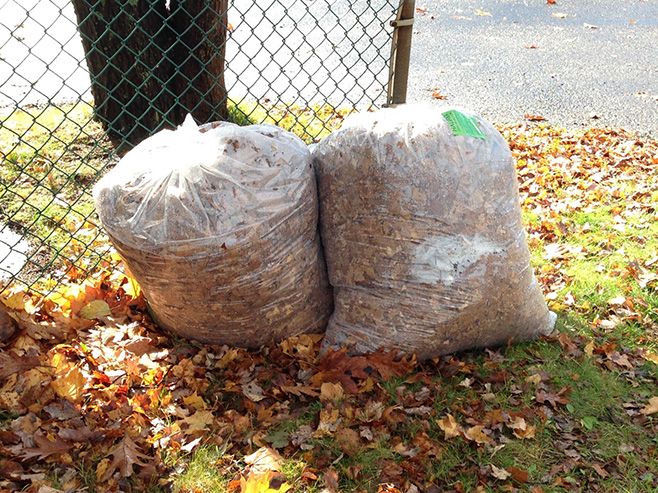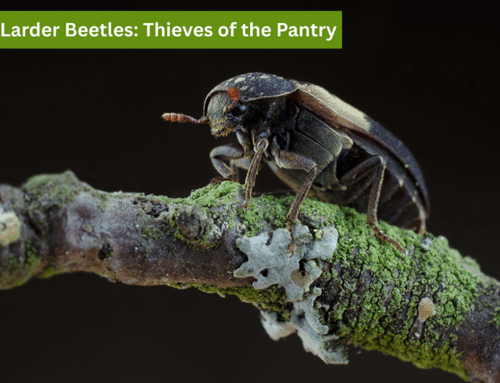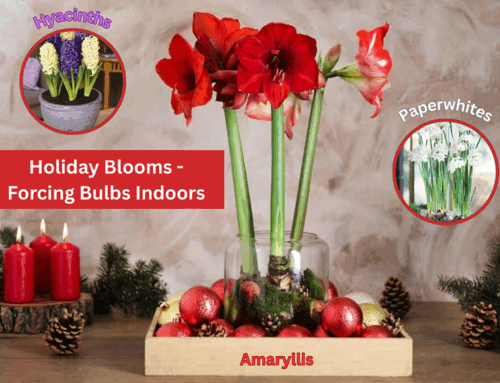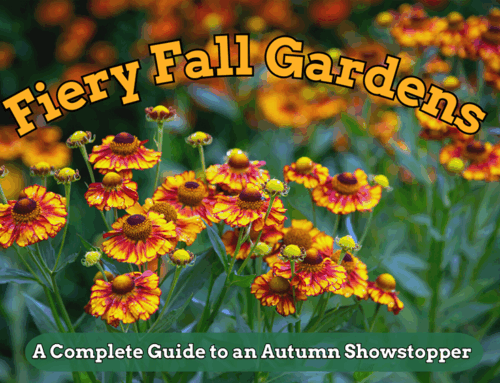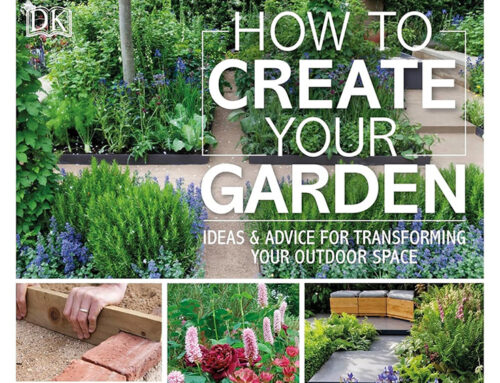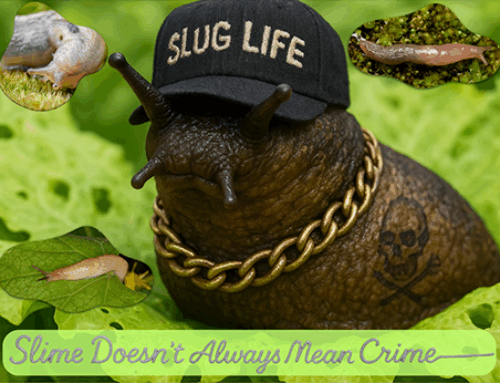October Gardening Chores
By Brett Kerley
Brisk cold mornings, chilly overnight temperatures, and the sound of those crispy crunching leaves as we walk through our yards mean fall is here. Let’s hope it stays a little while so that we can enjoy it in all its splendour. Here are some October gardening chores to get you outside to enjoy the autumn weather and get your yard ready for winter.
Fall Leaves
The sound of leaf blowers droning on around the neighbourhood should get you up and ready to tackle the next project.
I want to tell you about an experiment I did last fall. My boulevard has been converted (with the city’s permission) into several different gardens: a bee garden, a butterfly garden, and a beneficial insect garden. All are filled with wildflowers, annuals, and perennials. Last fall I left all the leaves that fell off of the city’s huge elm and green ash trees on my boulevard gardens. It didn’t look pretty, but the results this year were amazing. I had so many lady beetles and other beneficial insects in my yard that the only real pests I saw were slugs. The fallen leaves gave both good and bad insects a place to hide out over winter. And remember, we need the bad bugs in our yards to keep the good bugs hanging around. If we don’t have any bugs, then we will not get a productive season for our veg, fruits and flowers. Experiment in your yard! Hold off on clearing those leaves and see if you get the same results!
I still needed leaves for my compost and leaf litter bins, so my daughter and I drove around the neighbourhood picking up bags of leaves that were out for collection. Some I mulched up and added to my bins whilst others I left in the bags and stored for when I needed them.
Pruning Time
By now most annuals have probably shrivelled and started to die, so it’s time to yank them out and throw them in your compost bin. Non-hardy bulbs like dahlias, cannas and gladiolus should be dug up, cleaned and stored. For more information, check our article Overwintering Tender Bulbs and Tubers.
 As for perennials, it really depends what you have. Some perennials can be left standing to add beautiful winter interest, places to hide for beneficial insects, and be a good food source for wintering birds. Examples include coneflowers, rudbeckia, sedums, and heucheras. Leave them be until spring. Hostas, peonies and daylilies should be pruned back now to keep them from getting winter damage. I find that hostas can get a little slimy if you leave them till spring cutback.
As for perennials, it really depends what you have. Some perennials can be left standing to add beautiful winter interest, places to hide for beneficial insects, and be a good food source for wintering birds. Examples include coneflowers, rudbeckia, sedums, and heucheras. Leave them be until spring. Hostas, peonies and daylilies should be pruned back now to keep them from getting winter damage. I find that hostas can get a little slimy if you leave them till spring cutback.
Cut back diseased plants, but don’t throw them in the compost bin. Put them in your regular garbage. Use a bleach solution on your pruners after cutting back those diseased plants. Mix 10% bleach and 90% water in a spray bottle, and then after every plant you cut back, spray your pruners with the solution and wipe over them with a clean rag. This helps stop the disease transferring to other plants.
Whilst it’s a good idea to stop pruning trees and shrubs at this time of year, it’s still okay to cut off any dead or broken branches as they may be susceptible to diseases if left as is.
Bulb Planting
 We can still get those fall bulbs into the ground in October. 5 to 6 weeks before the ground freezes is ideal. You’ll see plenty of options at the garden centres. Usually, the first to come up in early spring are crocuses, followed by daffodils and irises.
We can still get those fall bulbs into the ground in October. 5 to 6 weeks before the ground freezes is ideal. You’ll see plenty of options at the garden centres. Usually, the first to come up in early spring are crocuses, followed by daffodils and irises.
Remember, not all bulbs are planted at the same depth. Follow the instructions on the packet. If there are none, a good rule of thumb is to plant the bulb 2 to 3 times as deep as the bulb is tall. Drainage is crucial to keep the bulbs from rotting. They tend to like loamy or sandy bottoms to sit on. I also like to throw in some bulb fertilizer to help them establish a good active root system. 3-15-8 has higher phosphorus for the roots. If you only have a 10-10-10 fertilizer on hand, this’ll do just fine as an all purpose mix. Bone meal also works great.

Bulb auger
Be sure which way up your bulb goes in the hole; pointy end up with the basal plate down. This is where the roots grow from.
If it’s hard to dig the holes for your bulbs, you can always purchase a bulb auger attachment that fits into a drill. I’ve been using them for several years now and it really helps when you have hundreds of bulbs to plant. They do wear down every few years, depending on how tough your soil is and how many stones you hit.
And lastly, newly-planted bulbs should be watered in well to help them settle in for the winter.
Happy gardening everyone, and enjoy our wonderful fall colours.

